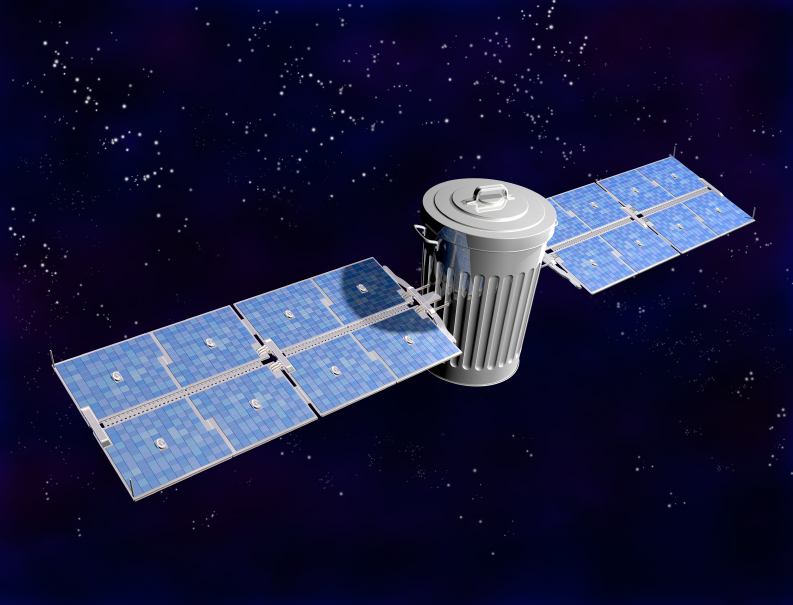
The National Aeronautics and Space Administration (NASA) has been working with foreign governments and World Health Organization (WHO) to help track the spread of mosquito-borne infectious diseases such as malaria. Outbreaks of these diseases can spread quite easily thanks to mosquitoes being airborne carriers, unlike other disease-carrying pests such a rats.
As part of the program, NASA has helped set up an early warning system in the Southeast Asian country of Myanmar, which uses satellite data to catch impending outbreaks. In addition, the agency is integrating its satellite observations into a South America-based statistical model to combat mosquito-borne diseases in Peru.
Tracking ideal mosquito breeding grounds
To forecast whether or not an outbreak of malaria may be imminent, NASA is using the satellites to monitor whether or not the environment in certain regions is conducive to the spread of mosquitoes. These regions are usually those that are warm and wet, making them ideal mosquito breeding grounds. Using data from the satellites, health officials involved can monitor temperature, soil moisture and precipitation in these regions across the globe, including the ones where NASA is involved in, in Myanmar and Peru.
Satellites tell only part of the story
To get the full picture of how a malarial outbreak occurred or may occur, satellite data isn't enough. NASA researchers admit that they still need population data to fully understand the spread of the disease.
Malaria symptoms don't often appear until several weeks after a person has been bitten by an infected mosquito. If that person travels frequently, they may show the symptoms of malaria in one location, even though they were actually bitten somewhere else.
In Peru, NASA researchers and Peruvian officials draw on observations on precipitation, as well as the movement of people before an outbreak. This information is then fed into detailed statistical models, including one developed by William Pan, of the Duke University Global Health Institute, and Ben Zaitchik, of the Johns Hopkins University Department of Earth and Planetary Sciences. Using the data from these, the health officials then deploy preventive measures, such as bed nets and indoor sprays, in the regions where the disease is most likely to break out. (Related: Mosquito begone: 5 Natural ingredients that work as a mosquito repellent.)
In Myamnar, a satellite-based malaria-forecasting system makes use of Landsat satellites to identify bodies of water that may potentially be mosquito breeding grounds. The data from these satellites is then fed, alongside other observations, into the Myanmar Malaria Early Warning System (MMEWS), a system developed by Tatiana Loboda, an assistant professor in the University of Maryland Department of Geography. MMEWS doesn't observe entire regions, however. Instead, it looks for changes to particular areas, and also takes into consideration population density, socioeconomic status and military conflict occurring in these areas.
Combining satellite data with other sources for dynamic monitoring
The projects in Myanmar and Peru demonstrate how combining satellite data with other observations can make for effective early warning systems against malaria. However, what they've achieved only scratches the surface of satellite data's potential in helping predict outbreaks of the diseases and other mosquito-borne illnesses.
Already, Loboda's MMEWS project is combining the data from satellite remote sensing with medical surveys and mosquito observations in an effort to learn more about the role that land cover and land use may play in determining how suitable a certain habitat is for mosquitoes. Using this, she hopes to create a system that would allow for the dynamic monitoring of regions at risk of malaria.
Sources include:
Please contact us for more information.























